Hybrid Electric Cars and Their Benefits
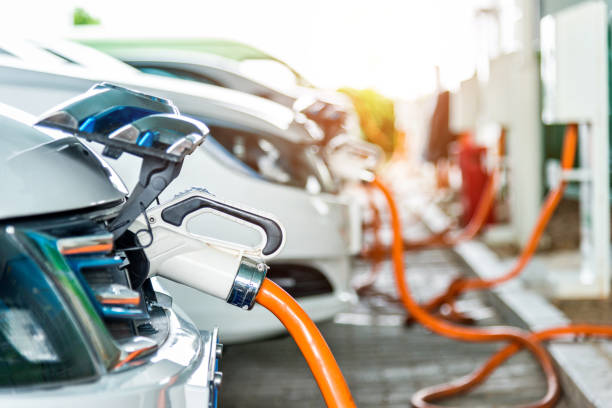
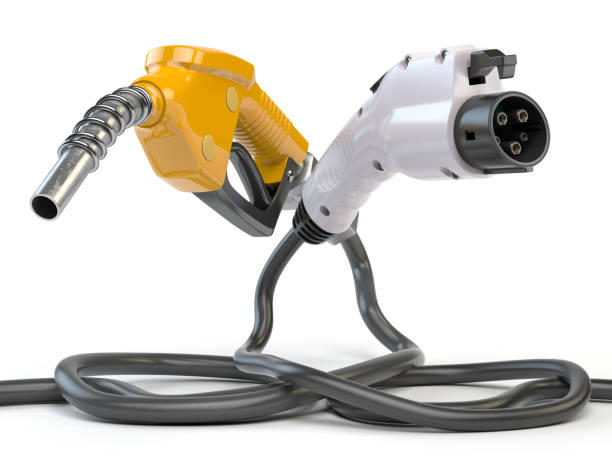
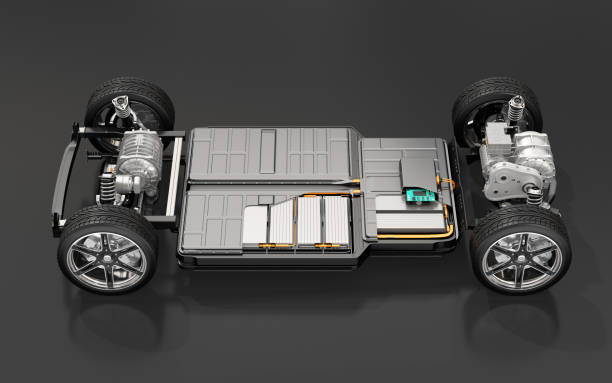
The need for cheaper transportation using less costly energy is not just a necessity but a mandatory goal for the engineers to achieve. The increasing cost of fuel price and other energy sources are now a concern to the engineers.
Since the introduction of electric cars, the belief that it will soon displace the gasoline cars remain unfulfilled based on some specific reasons.
The gasoline cars still claim superior to electric cars, even the modern electric vehicles despite the availability of strong accumulators that can last long after charging to power the vehicles for a considerable duration of time.
The electric cars, however, remain the major hope for future cars based on global acceptance and support it has obtained so far.

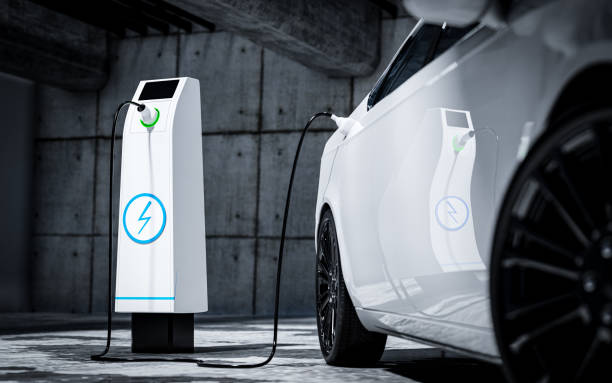
The effect of global warming caused by the damage of the ozone layer due to the excessive release of carbon monoxide and other harmful gases are part of the reasons that experts are calling for electric cars and other renewable energy engines that could help reduce the excessive gases coming from the Gasoline engines especially that of cars.
Though there are vehicles currently running on electric power from accumulators, they are not readily available in all the countries in the globe based on the perceived difficulty in running them in such places.
An electric car will need recharge stations at every suitable kilometer distance just as the gasoline cars need filling stations.
The challenge of good roads, stable electric supply, cost of purchase, cost of maintenance, availability of parts, availability of its maintenance technicians and among other reasons may be the reason electric cars are yet to dominate most countries automobile markets.
To make it simple and easier to market the modern vehicles, some automobile manufacturers introduced the hybrid electric vehicles known as the HEVs. The HEVs are stable, reliable, and roomier than just electric cars.
They are cars made with two options of running on an electric power supply or running on the gasoline engine.
In the HEVs, there is less need to carry as many heavy batteries as ordinary electric cars would carry. The battery is few while the gasoline engine in them is small but strongly built for high power out and stability.
Some of the HEVs had been found to be lighter in weight and runs faster than both pure electric cars and pure gasoline cars of the same model.
Due to the efficiency of hybrid cars, most modern vehicles are now converted to their hybrid model. A good feature of HEV is the ability to change from gasoline engine power output to electric power output based the speed and momentum needed from it at any given interval while driving it.
Most of the modern trains, submarines, giant mining trucks, and private cars, etc. are hybrid. The concept makes it easier to reduce fuel consumption, increase efficiency, save the ozone layer, and reduce the environmental pollution caused by excess gasoline combustion.
THE HISTORY OF HYBRID ELECTRIC VEHICLES

It became popular within the year 1997 when the first model of hybrid electric car was sold by Toyota Prius in Japan. Shortly afterward, the race for hybrid vehicles became popular.
Two years later, the United States saw its first sale of a Hybrid car from Honda Insight. The two popular vehicles quickly dominated the automobile market as hybrid vehicles.
Shortly afterward, the Honda Civic hybrid marked a radical change in the type of car being offered to the public.
Since the first, second, and third models and brands of hybrid electric vehicles entered into the automobile market, there had been a significant increase in the number of hybrid vehicles ranging from small to the biggest, even in trains, and giant heavy-duty vehicles.
Nothing else could have made the hybrid technology possible if not for quality batteries discovered recently.
The new models of accumulators comprise of materials that can store very high voltage and be able to discharge the energy at a significant time interval such that electric motors that could move the vehicle can run for hours without failure.
Some hybrid are made in a way that, the battery will be charging when the vehicle is running at high speed, while the engine stops operating when the speed slows down especially when driving on the streets or when on a holdup terrain at that time, the vehicle will be running with electric motors powered by the battery in it.
HOW HYBRID ELECTRIC VEHICLE (HEV) WORKS

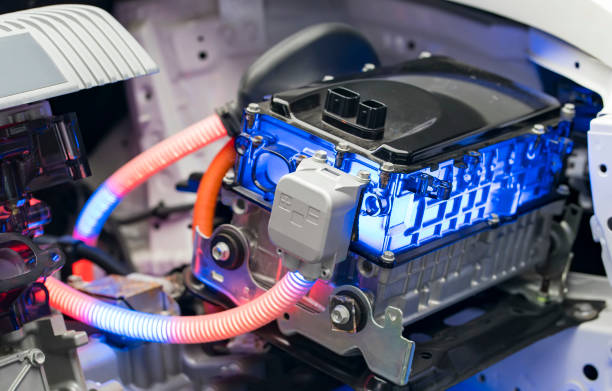

As a vehicle that combines an internal combustion engine with one or more electric motor or generator and a battery pack, its operations are fully automatic.
In other words, most of the hybrid vehicles automatically switch between the gasoline engine and the battery without any input from the driver.
It combines a propulsion system with RESS and gets better fuel economy
An HEV uses less gasoline because the electric motor does some of the work
A hybrid car will start and accelerate with a gasoline engine, when the car reaches an average speed on the highway, it can still be running with the gasoline engine until it starts to decelerate.
During deceleration and low-speed movement, the gasoline engine automatically or manually goes off, allowing the battery to power the electric motors in the car so that they can move the car while running slowly.
Majority of the modern electric cars can run at high speed for a considerable duration of time while using the internal combustion engine for places where acceleration and/or momentum is needed. The hybrid of this category is nothing short from a completely electric vehicle.
Fuel efficiency and reliable still remain the major objective of hybrid vehicles manufacturers.
When starting the HEV, the battery typically powers all accessories and also helps to power the engine starter kit. The battery in the HEVs is usually larger, lighter, and stores up more energy than the battery used to start conventional vehicles.
At speeds above mid-range, where momentum is needed, both the engine and electric motor are used to propel the vehicle.
During the period, the gasoline engine provides power to the drive-train directly and to the electric motor through the generator. The same occurs when heavy acceleration or additional power is needed, both the internal combustion engine and the electric motors are used to power the vehicle.
During regenerative braking, converts wasted energy from braking into electricity and stores it in a battery.
During the instance, the electric motor is reversed so that instead of using electricity to run the wheels, the rotating wheels turn the motor and create electricity. Using energy from the wheels turn the motor slows the vehicle down.
When the vehicle is stopped such as red light, the gasoline engine and electric motor shut off automatically so that energy is not wasted idling. All other systems including the electric air conditioning may continue to run.
